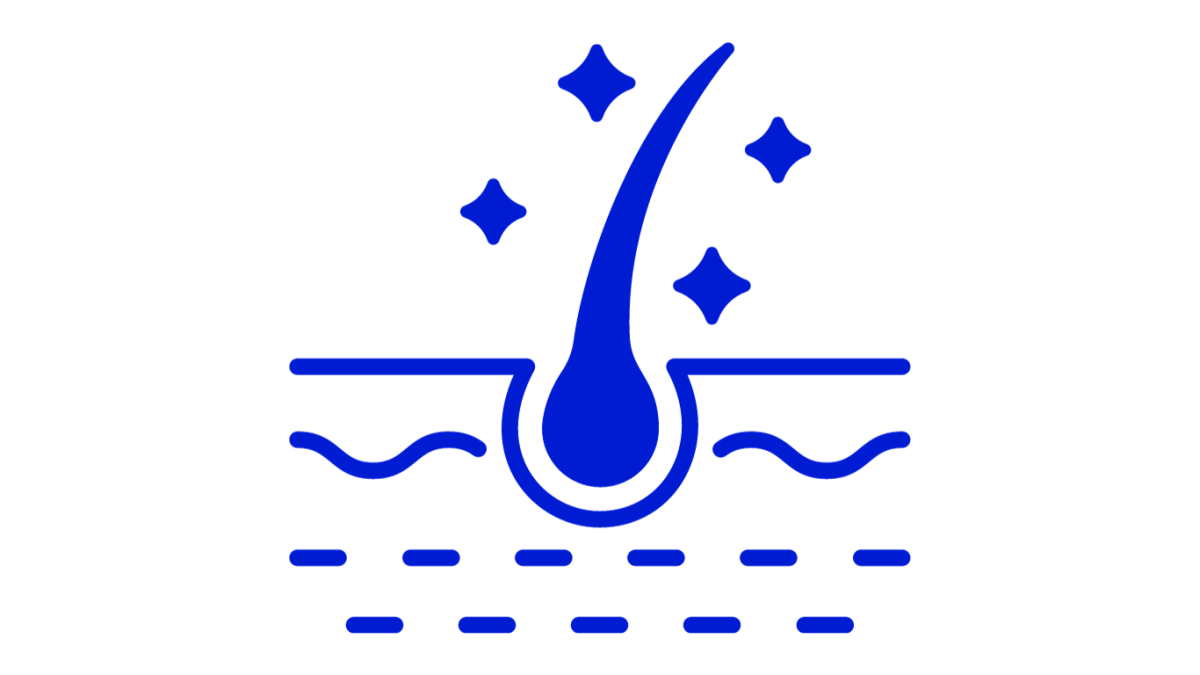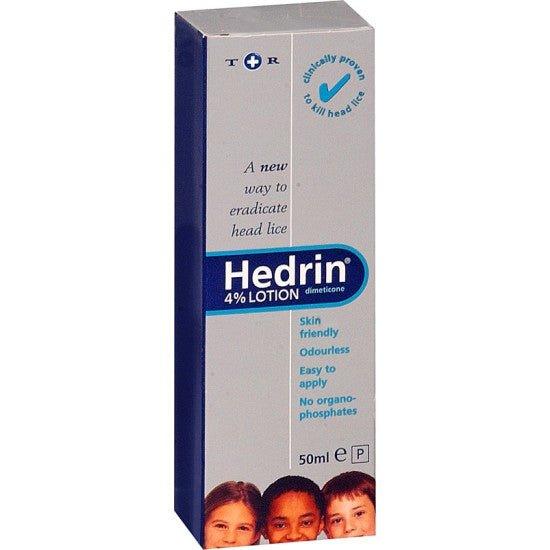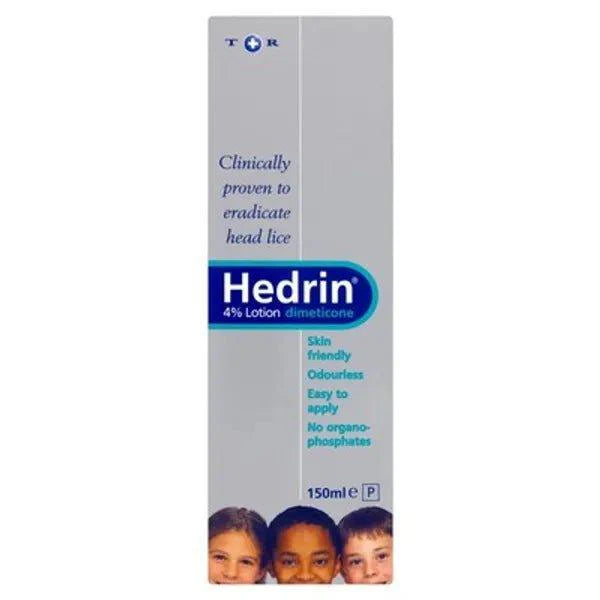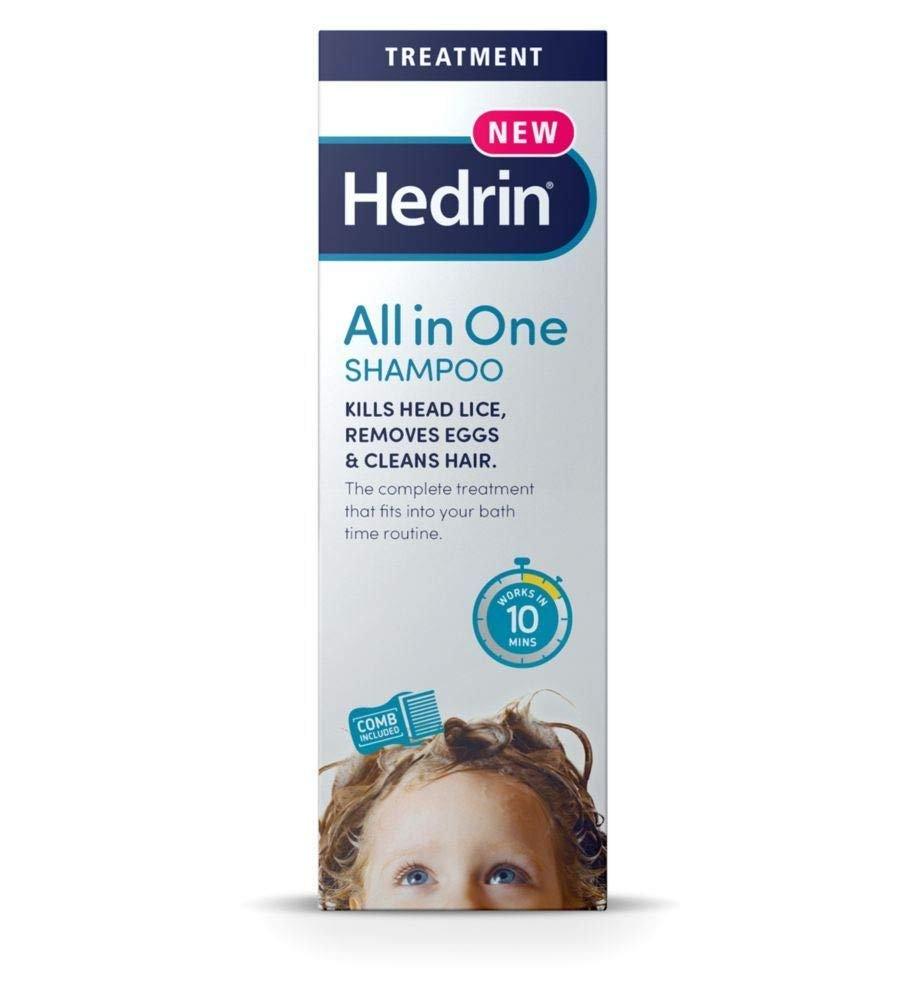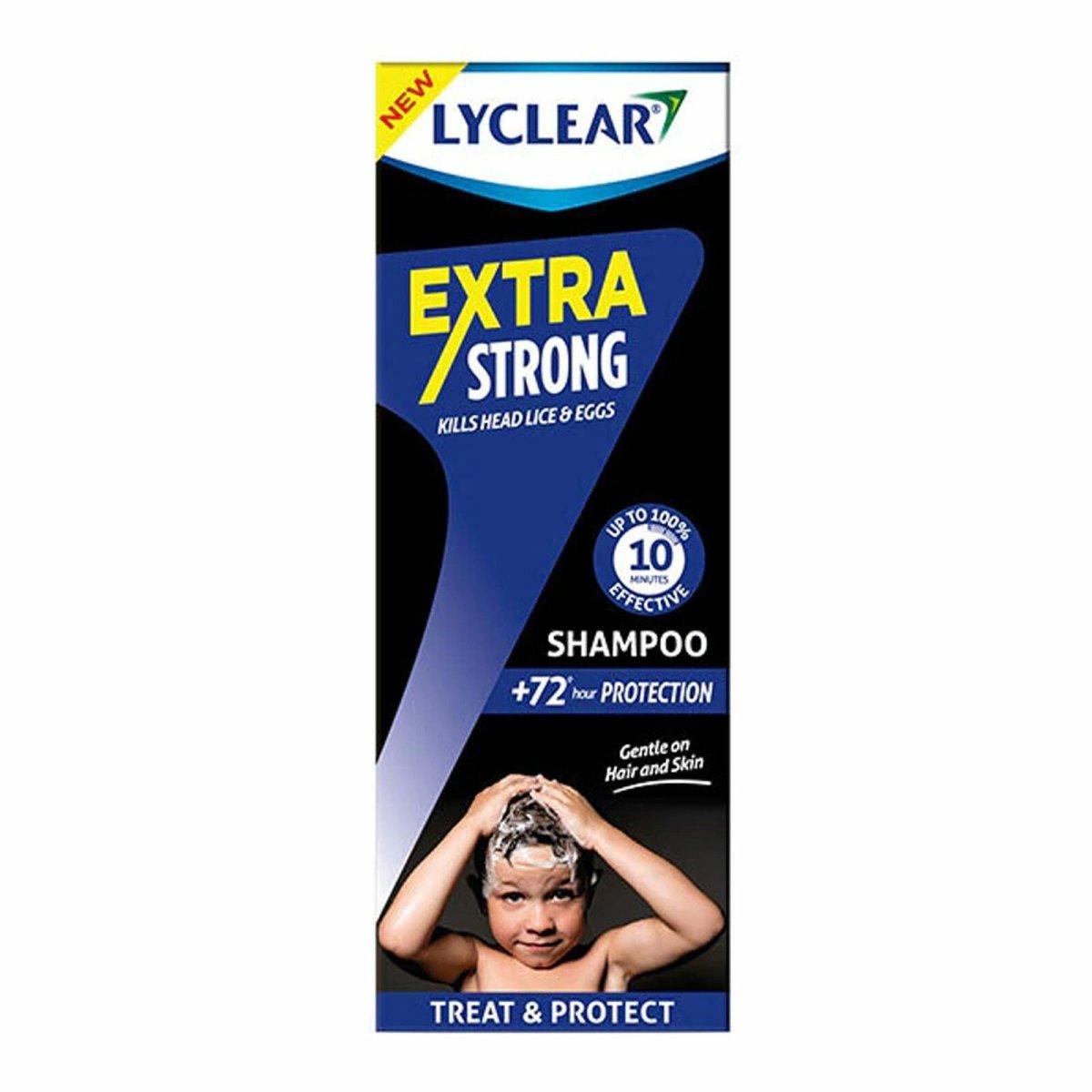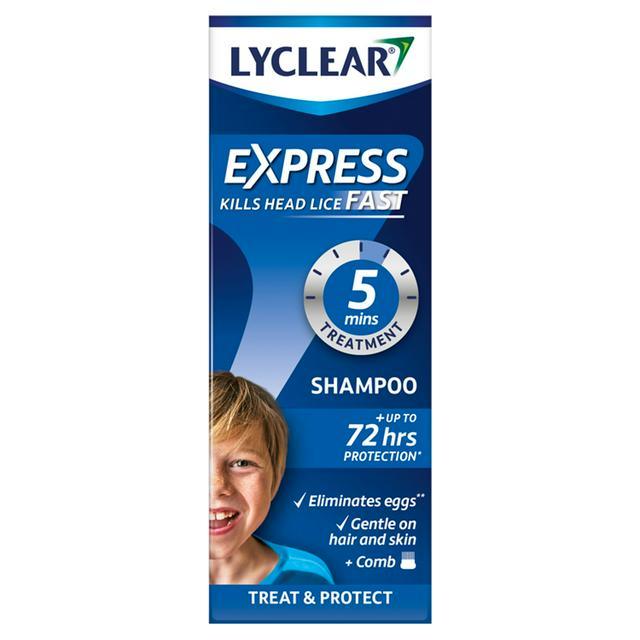Managing Head Lice Infestations
When an active head lice infestation is confirmed, prompt treatment is essential to prevent the infestation from spreading. Over-the-counter and prescription treatments are available. It is important to follow the treatment instructions carefully. Key treatment options include:
Over-the-Counter (OTC) Treatments: OTC products containing pediculicides are available at most pharmacies. These products kill lice and nits. Follow the instructions on the product label.
Prescription Treatments: In cases of treatment-resistant lice, or for individuals with certain allergies or sensitivities, a healthcare professional may prescribe stronger treatments.
Combing: Fine-toothed combs, often provided with lice treatment kits, are used to physically remove lice and nits from the hair. Regular combing is essential for successful treatment.
Repeat Treatment: In some cases, a second treatment may be necessary to ensure all lice and nits are eliminated.
Environmental Cleaning: To prevent reinfestation, wash or dry-clean recently worn clothing and bedding, and vacuum upholstered furniture and rugs.
It is crucial to avoid using excessive amounts of lice treatments, as misuse can lead to resistance and potential side effects. Always follow the instructions and consult a healthcare professional if you have any concerns.

